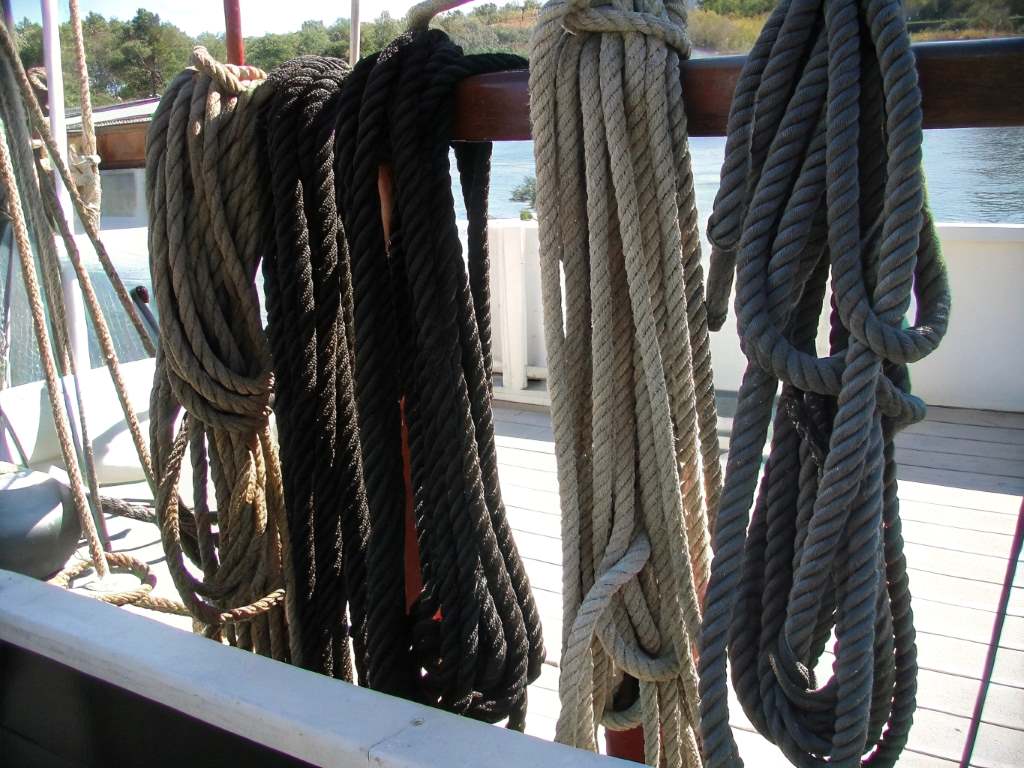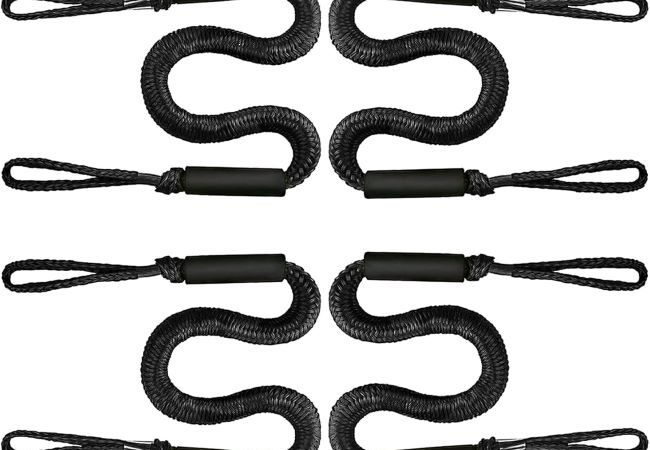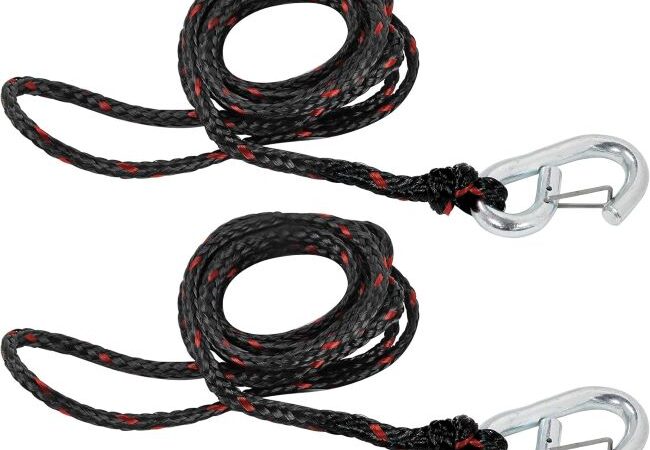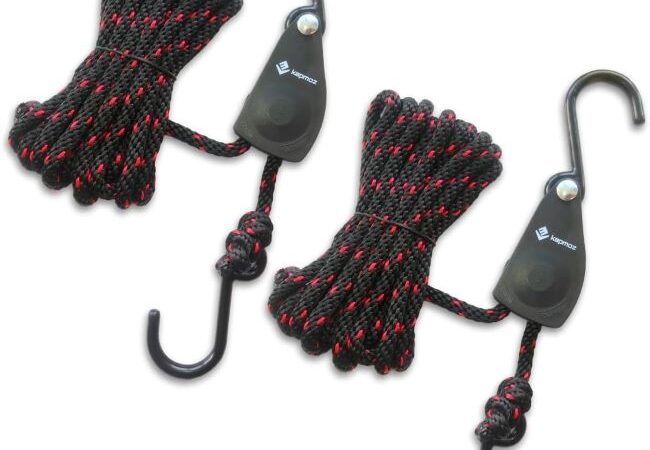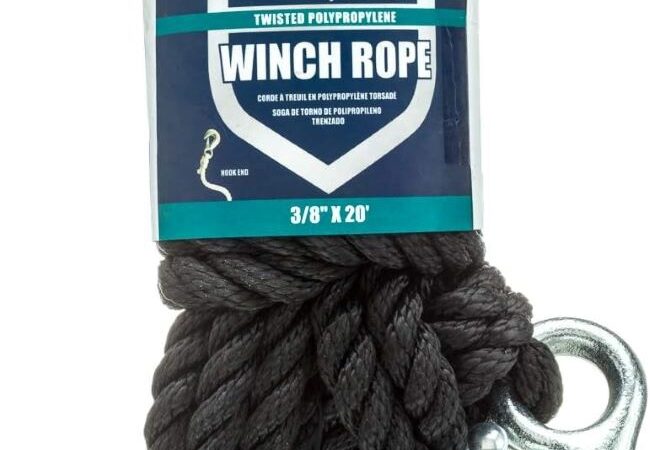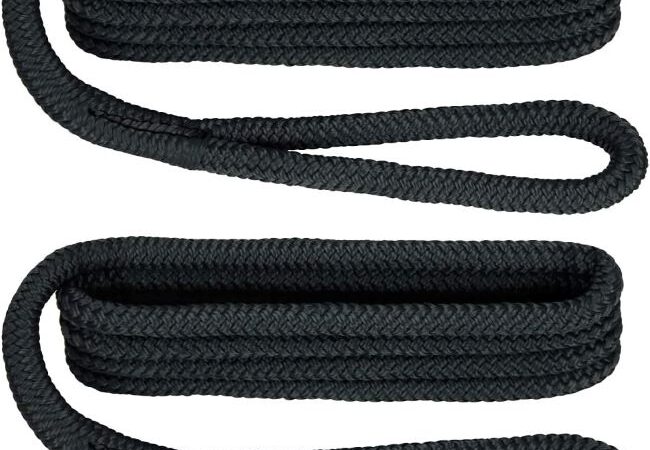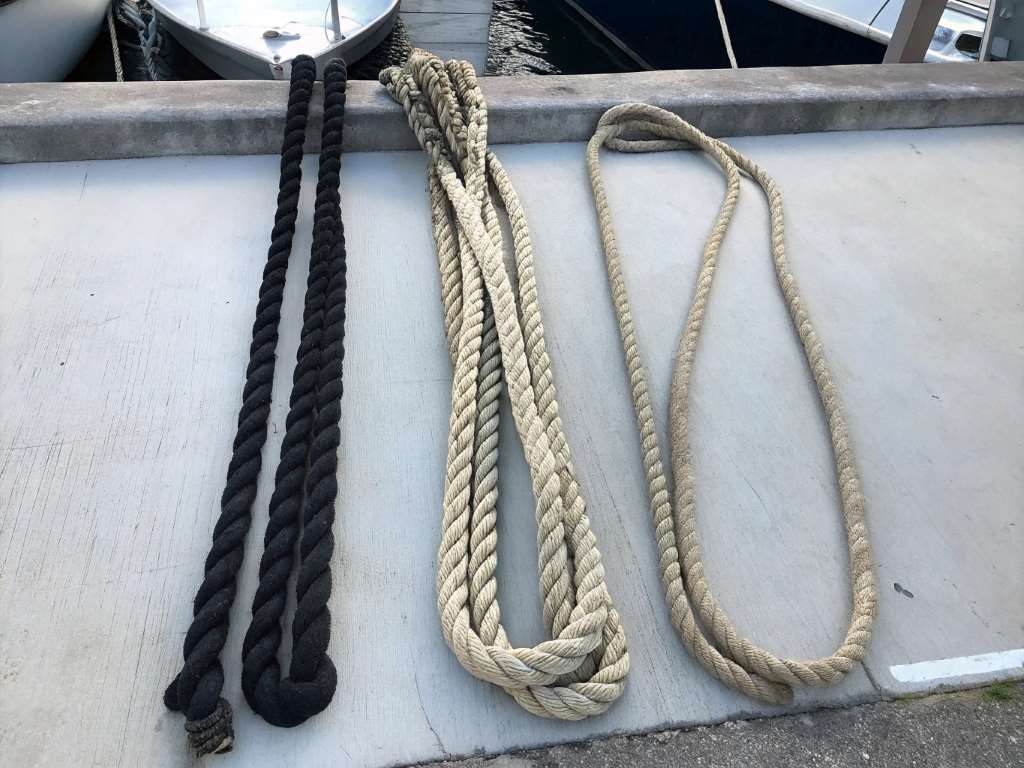
Top 10 Tips to Choose the Right Rope for Docking, Mooring, and Shipping
Ropes may seem simple, yet in the maritime world, they’re anything but. A reliable rope acts as a vital link between a vessel and its safety. Picture a stormy harbor or a bustling commercial dock — the wrong rope could snap, damaging equipment or endangering lives. That’s why to choose the right rope for docking, mooring, and shipping matters. It’s a decision that balances strength, stretch, cost, durability, and specific use cases — from tying up a weekend cruiser to securing a massive tanker. A rope isn’t just a rope. It’s a crucial investment in operational stability, safety, and longevity.
Contents at a Glance
ToggleRope Materials: A Deep Dive into Natural vs. Synthetic
When considering a rope for any marine application, the starting point is material. Natural fibers like Manila, cotton, and hemp still have roles — mostly decorative — but synthetic ropes dominate today’s functional applications. Let’s explore the key differences.
Natural Fibers: Traditional, But Limited
- Manila: Offers good grip but absorbs water and rots quickly.
- Cotton: Soft but weak and highly absorbent.
- Hemp: Stronger than cotton, but not suitable for moist environments.
Natural fibers are biodegradable but lack the performance characteristics needed for modern maritime environments.
Synthetic Fibers: The Modern Marine Standard
- Nylon (Polyamide): Ideal for mooring and docking due to excellent shock absorption. But it stretches significantly.
- Polyester (Dacron): Excellent for low-stretch uses like halyards or control lines. Strong and UV resistant.
- Polypropylene: Floats and is lightweight but degrades quickly in sunlight.
- HMPE (Dyneema, Spectra): Super-strong, ultra-light, and almost no stretch. Ideal for high-performance needs.
- Aramid (Kevlar, Technora): Extremely strong and heat-resistant but expensive and UV-sensitive.
Understanding Rope Construction and Performance
Rope isn’t just about what it’s made of — how it’s made matters too.
Twisted Ropes
- 3-strand or 4-strand twisted
- High elasticity, easy to splice
- Prone to hockling
Braided Ropes
- Single braid: Flexible, light-duty
- Double braid: Core and sheath construction — high strength and easy handling
- Kernmantle: Strong core and abrasion-resistant cover
Each construction type serves a purpose depending on whether you need flexibility, stretch, abrasion resistance, or ease of splicing.
Docking Lines: The Everyday Essential
When tying up at a marina or a private dock, you need lines that can withstand waves, wakes, and tides.
Best Material: Nylon
Why? Its elasticity protects hardware and absorbs shock from sudden movements.
Best Construction: Double-braided
Soft on hands, easy to coil, and resists wear.
Sizing Tip: Use the 1/8″ diameter for every 9 feet of boat length.
Example: A 36-foot boat should use 1/2″ lines.
Mooring Lines: Long-Term Load Bearers
A mooring line lives in the water, often under constant tension.
Material: Nylon (for elasticity) or HMPE (for commercial vessels)
Construction: Double-braided with anti-chafe gear
Pro Tip: Always double up mooring lines for redundancy. One line failure can be catastrophic. Explore What is the Most Commonly Used Wire Rope.
Anchor Rodes: Chain, Rope, or Hybrid?
A dependable anchor system includes the right rode. Your options:
- All Chain: Great for holding power but very heavy.
- All Rope: Lightweight, but lacks seabed abrasion protection.
- Hybrid (Rope + Chain): Best of both worlds. Chain lays on the seabed; rope stretches to absorb load.
Standard Recommendation: 1/2″ 3-strand nylon rope with 20–30 ft of chain.
Commercial Marine Applications: Strength Meets Precision
In shipping, ropes must endure massive loads with minimal elongation.
Use Cases:
- Towing Hawsers: HMPE for dynamic tension
- Mooring Tankers: Braided HMPE with protective coating
- Pilot Ladders: Grippy, rugged rope construction
- Fender Lines: Durable and easy to tie/unfasten
Commercial ropes are engineered — they’re not “one-size-fits-all.”
Key Factors Beyond Material and Build
Diameter
Bigger isn’t always better — but too small invites disaster. Use manufacturer guidelines based on boat length and displacement.
Breaking Strength vs. Working Load Limit (WLL)
Never operate at full strength. Respect the WLL, which includes a safety margin (often 5:1 or 8:1).
UV and Abrasion Resistance
Sun degrades fibers. Polyester and HMPE last longer outdoors.
Ease of Splicing
Double-braid and 3-strand nylon are splicing favorites. HMPE requires specialized splicing tools.
Rope Maintenance: Protecting Your Investment
Even the strongest rope will degrade if neglected.
Maintenance Tips:
- Rinse with fresh water after salt exposure
- Coil or flake properly — don’t leave tangled
- Use chafe guards at contact points
- Store dry and out of direct sunlight
- Regularly inspect for frays, cuts, and hardness
Final Thoughts
Choosing the right rope isn’t just a technical decision — it’s a safety measure. It reflects foresight, experience, and respect for the sea.
The good news? With modern materials and thoughtful design, you don’t need to compromise. Whether you’re tying a dinghy or mooring a freighter, the right rope exists. Use this guide as your compass — and always err on the side of caution.
FAQs
What’s the most versatile marine rope material?
Polyester. It offers low stretch, great UV resistance, and is good for general-purpose use.
Is nylon better than polypropylene for docking lines?
Yes. Nylon absorbs shock much better. Polypropylene degrades quickly in sunlight.
Can I use climbing rope for mooring or anchoring?
Not recommended. Climbing ropes are dynamic (meant to stretch and rebound) and aren’t designed for long-term load bearing or marine exposure.
How often should I replace marine ropes?
Inspect regularly. Replace if you see fraying, stiffness, discoloration, or damage. Rule of thumb: every 3–5 years for recreational use.
Do I need different ropes for docking and anchoring?
Yes. Dock lines require more elasticity (nylon), while anchor rodes benefit from a stretch-and-chain combination.
What’s the safest rope construction for beginners?
Double-braid nylon. It’s easy to handle, splice, and provides good durability.
Conclusion
Ropes may appear basic, but in reality, they’re specialized tools. Choose the right rope for docking, mooring, and shipping. You can spell the difference between a secure vessel and a dangerous drift. Understand your needs, explore your options, and prioritize safety over savings.
You don’t need to be an expert sailor — just a smart one.

